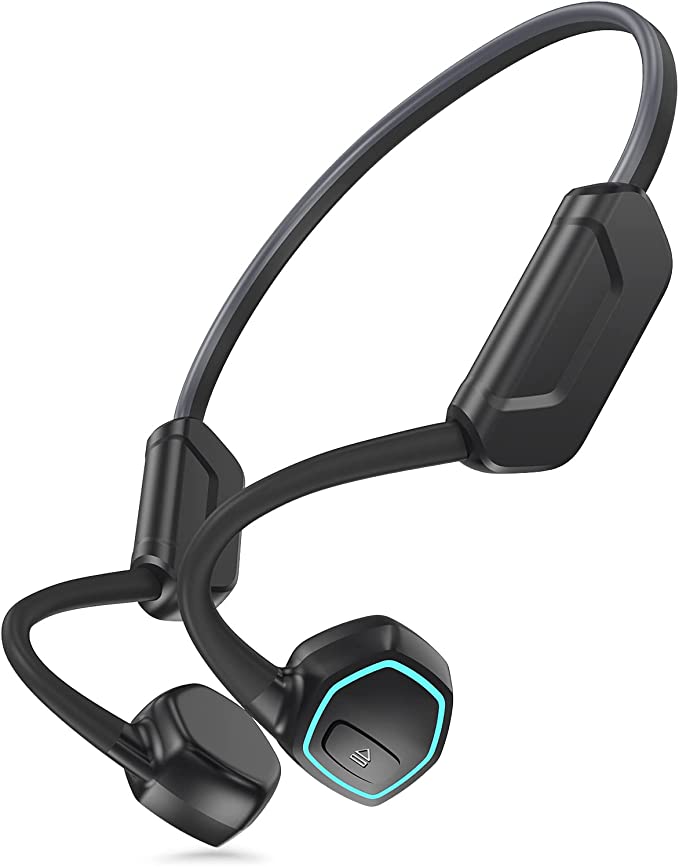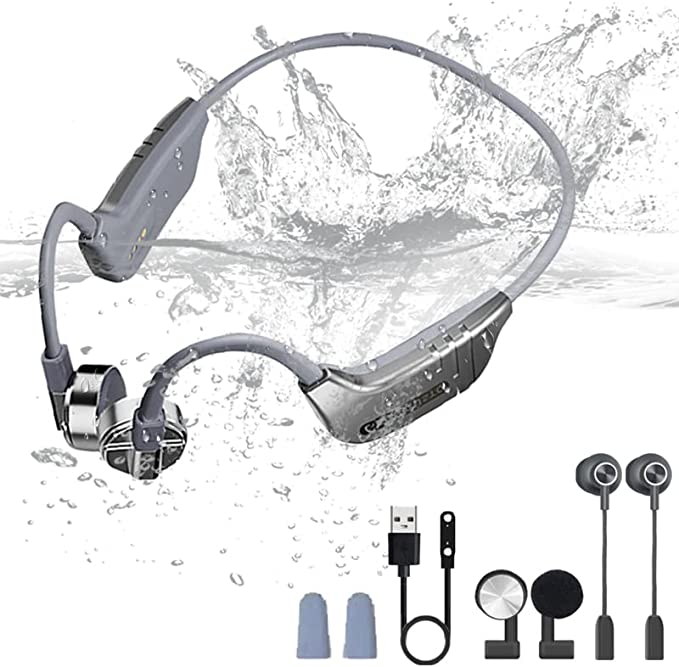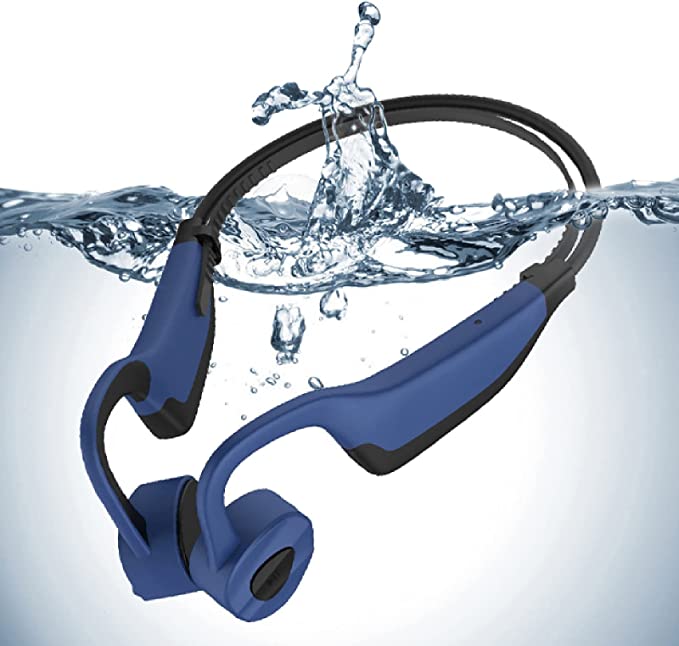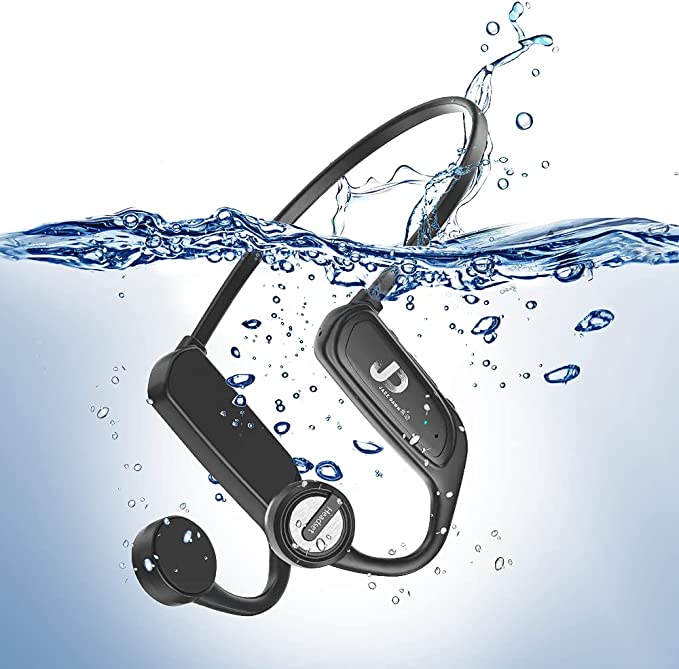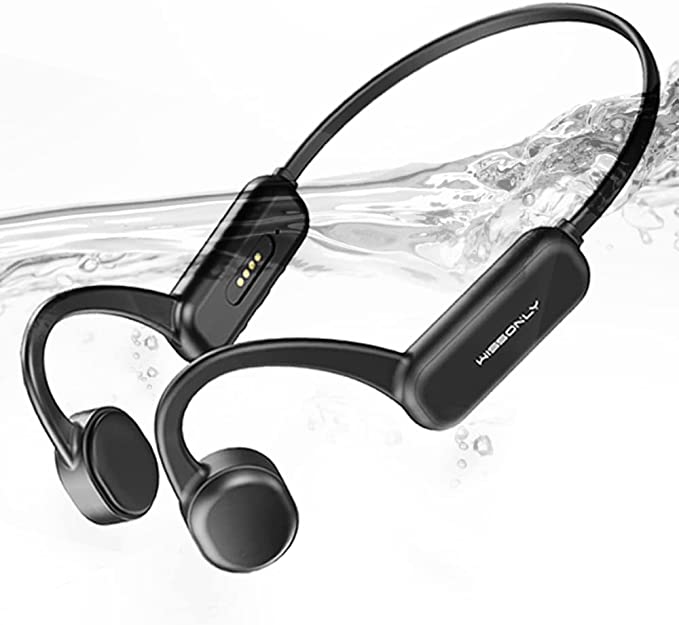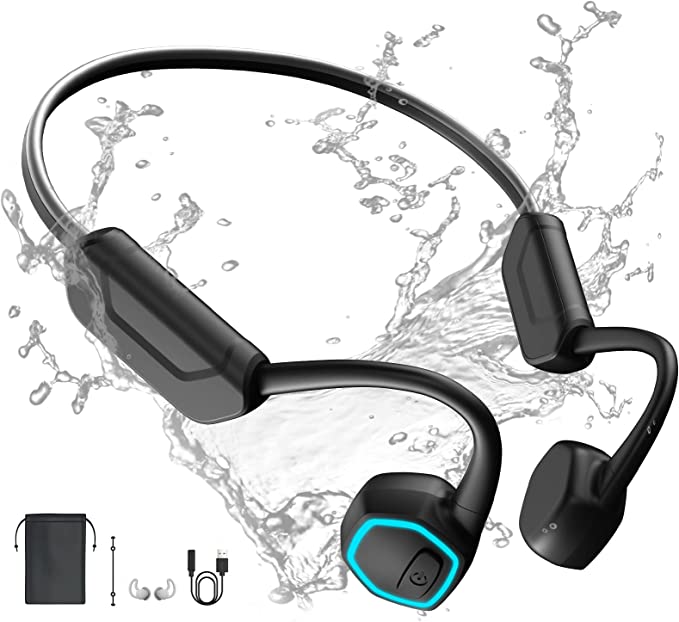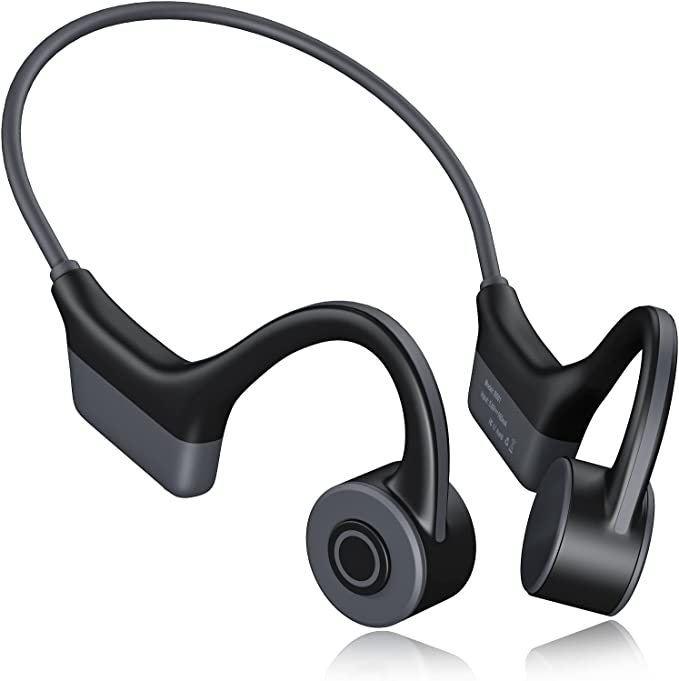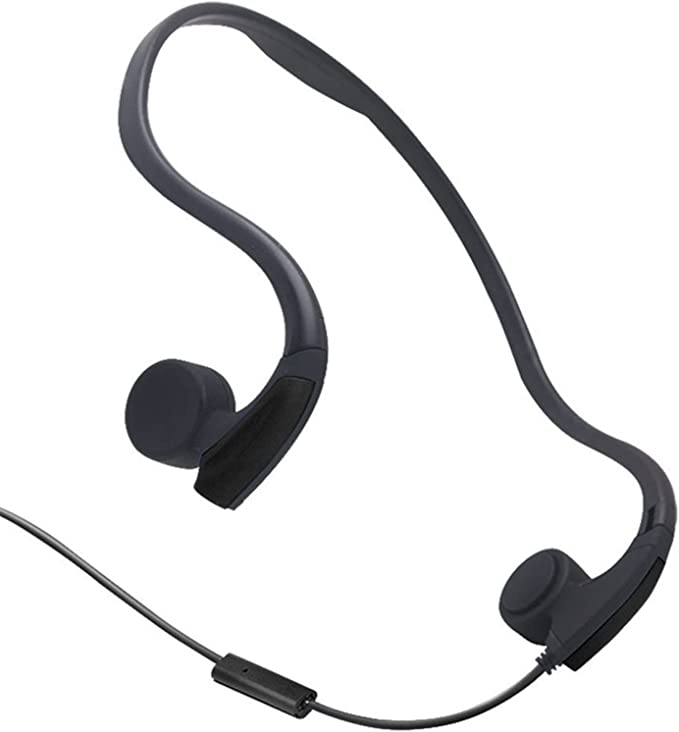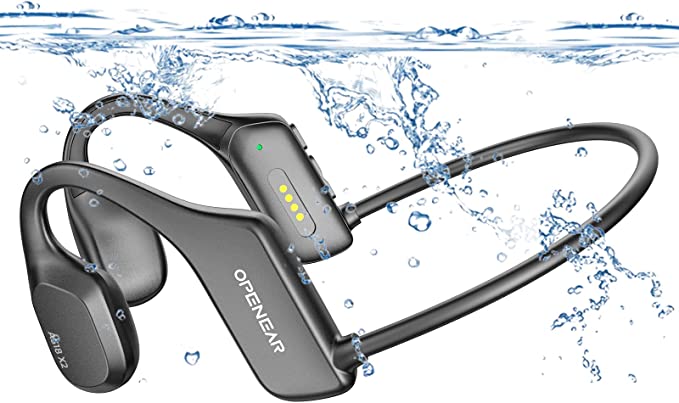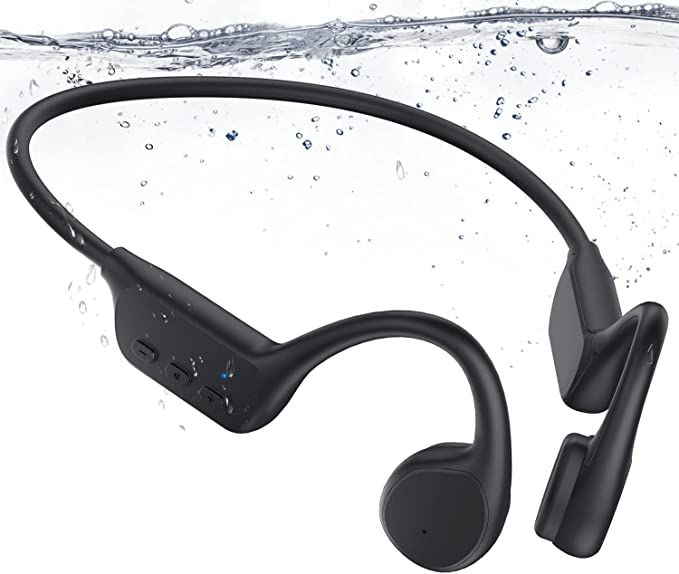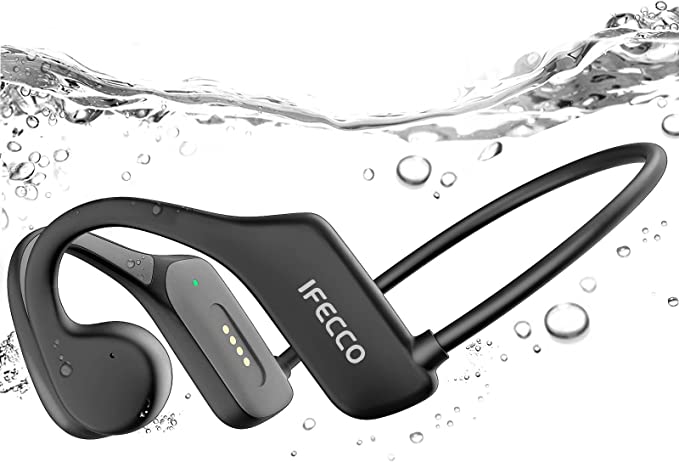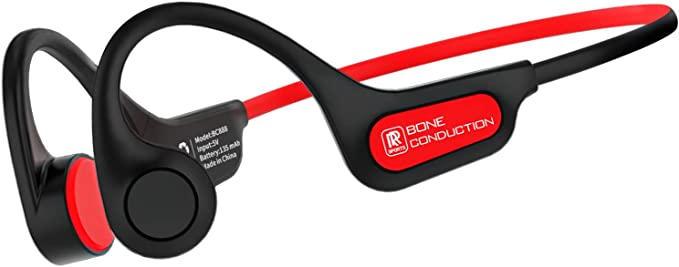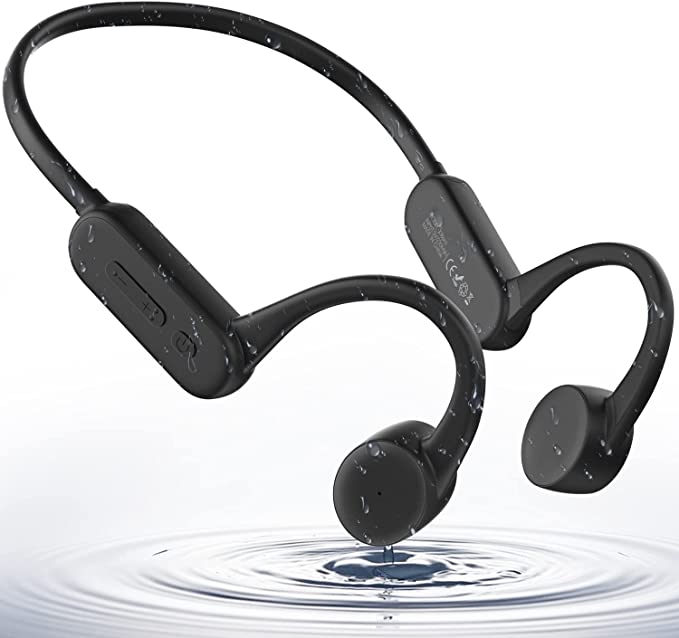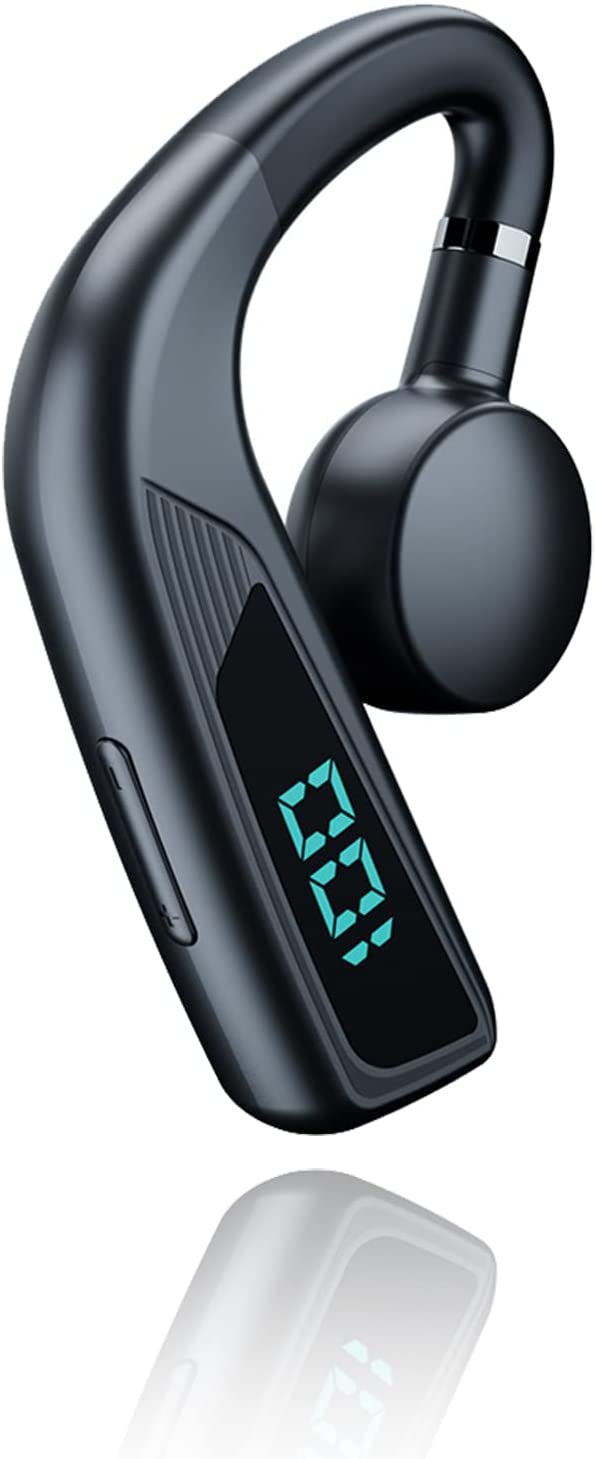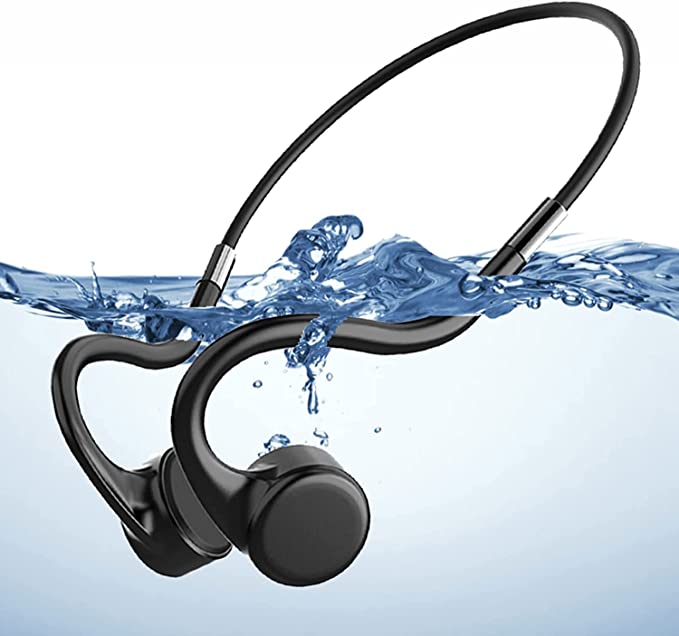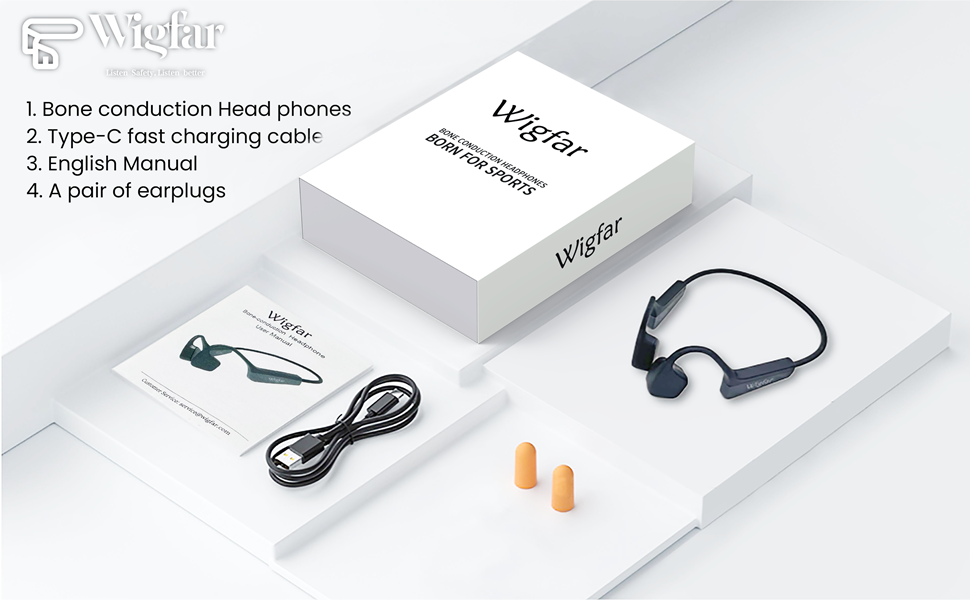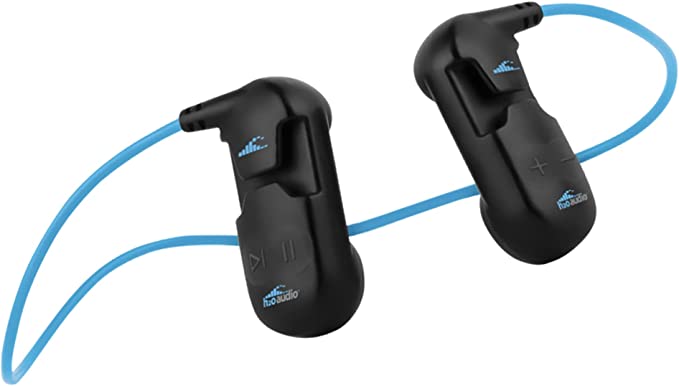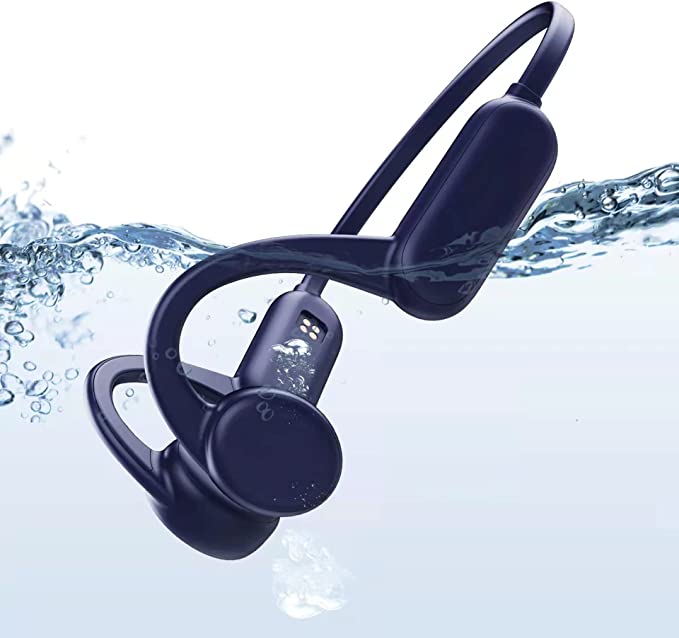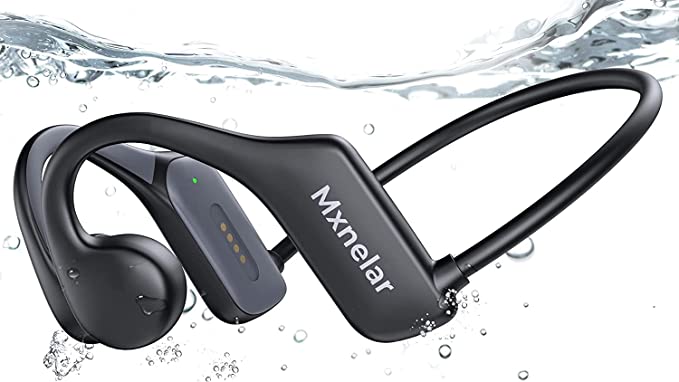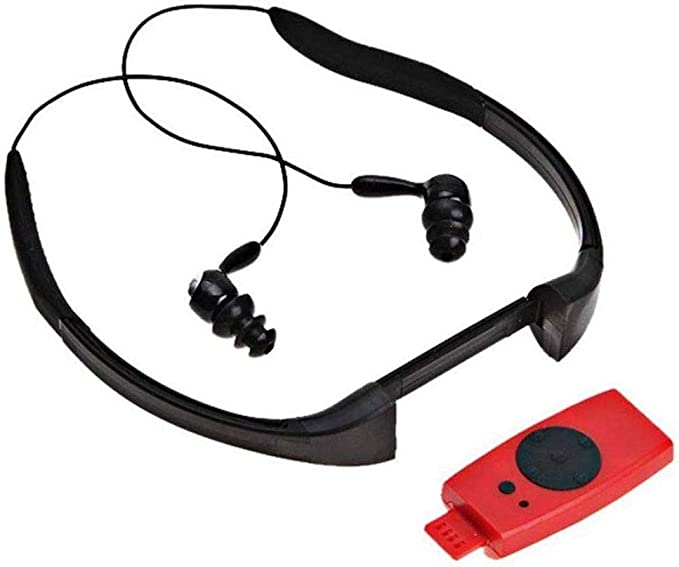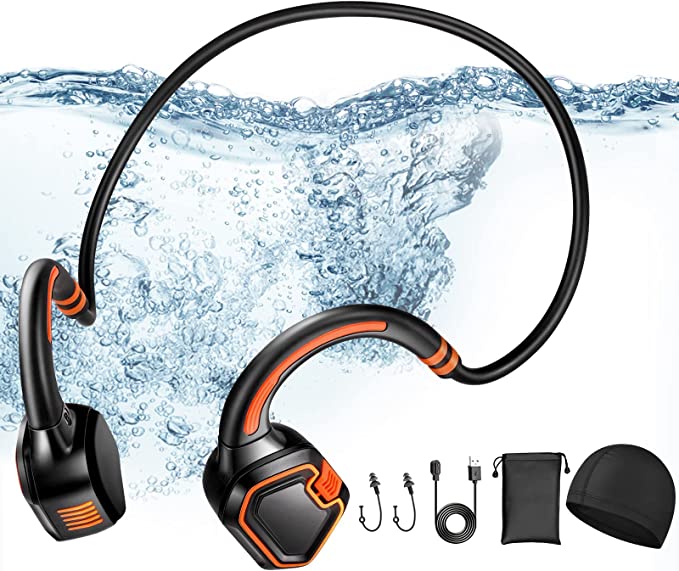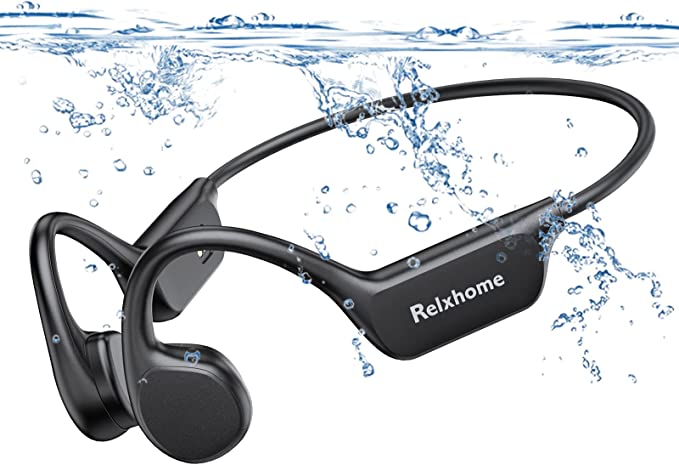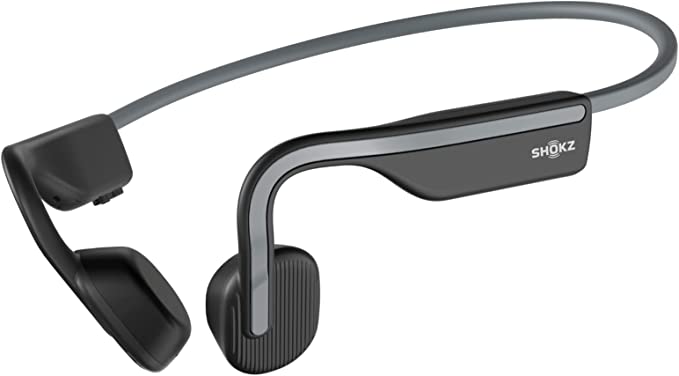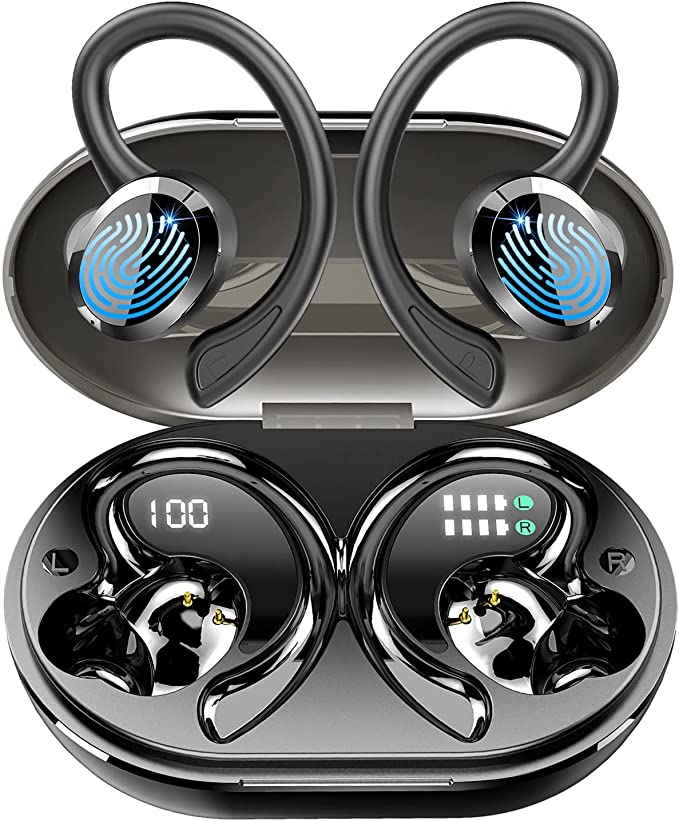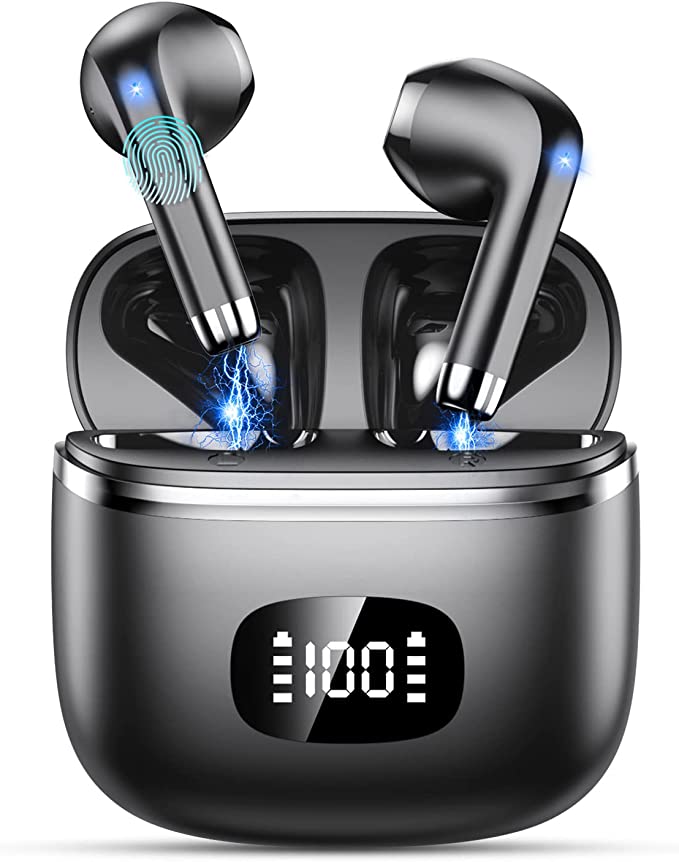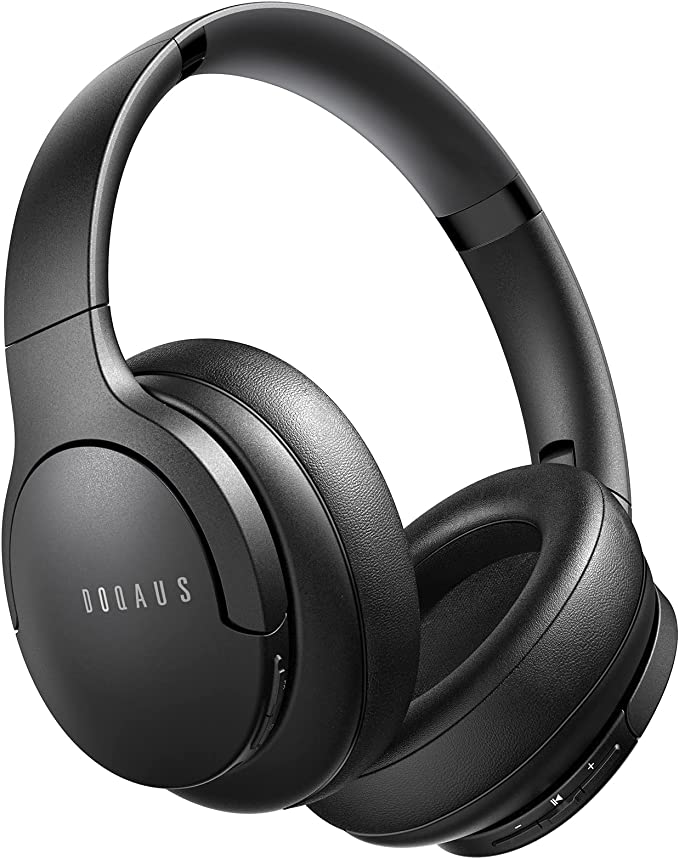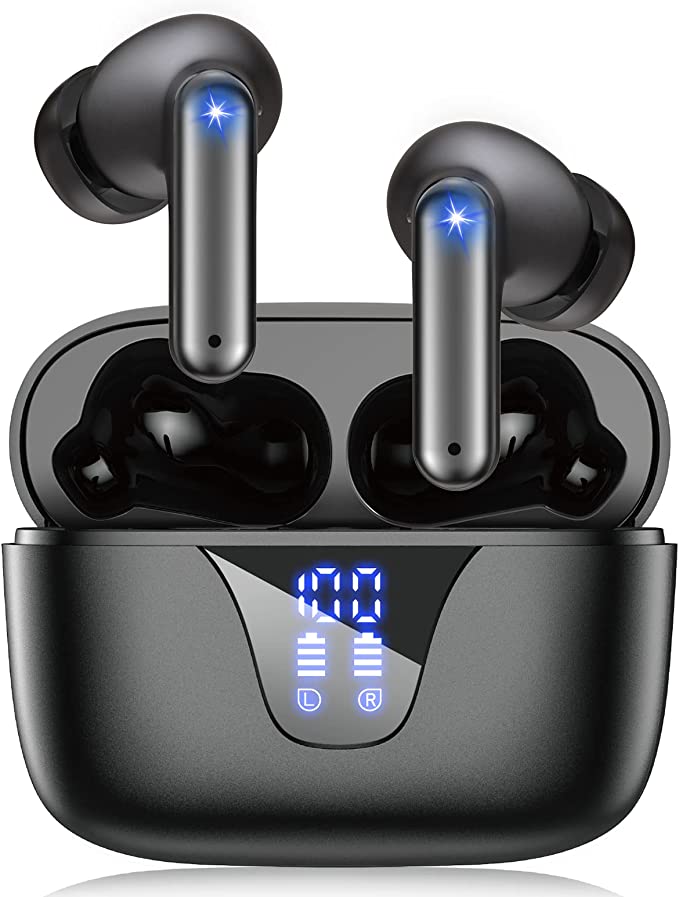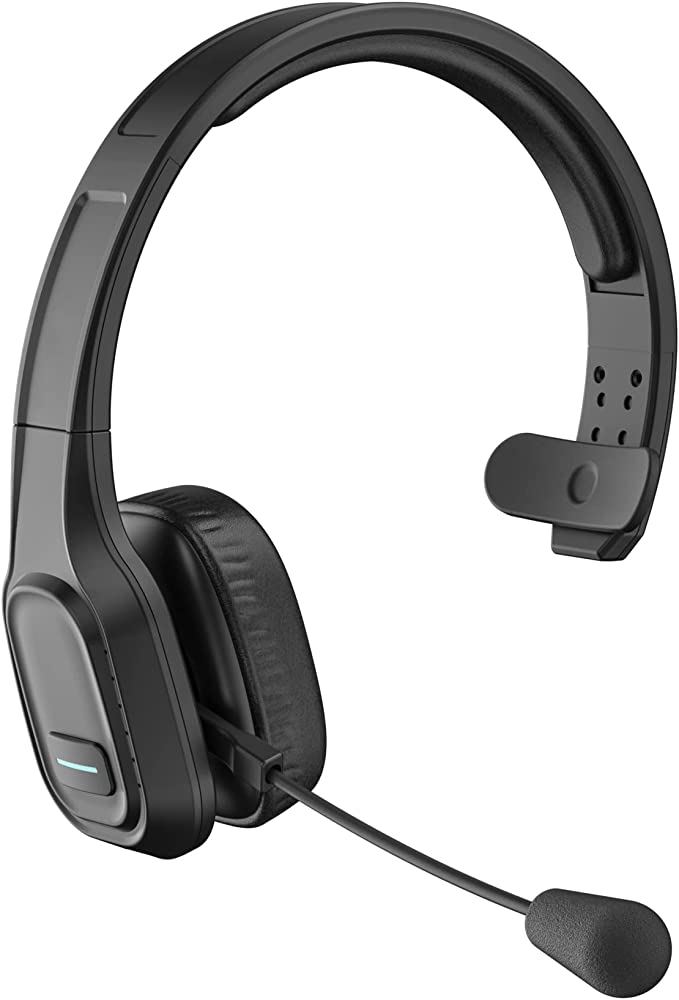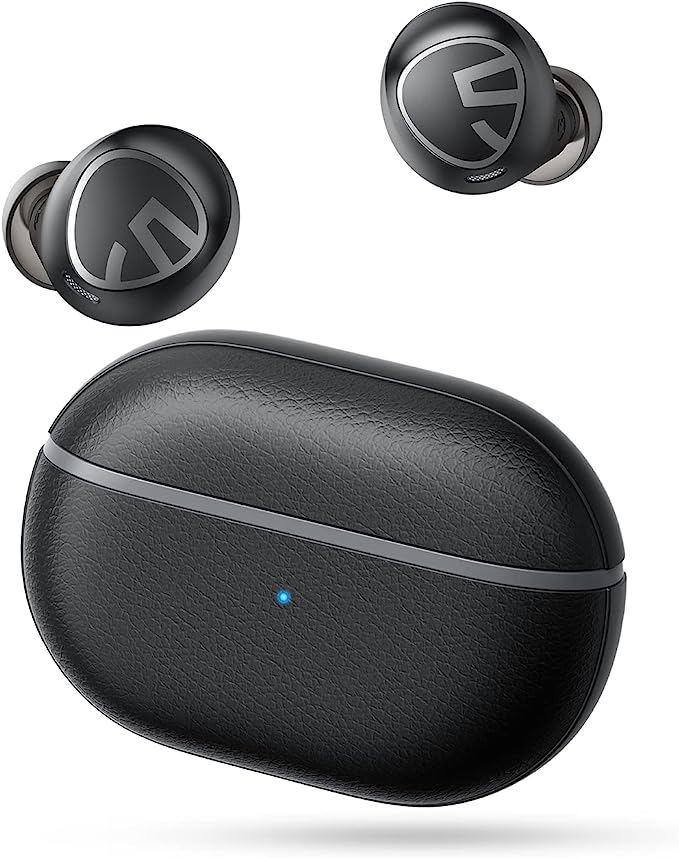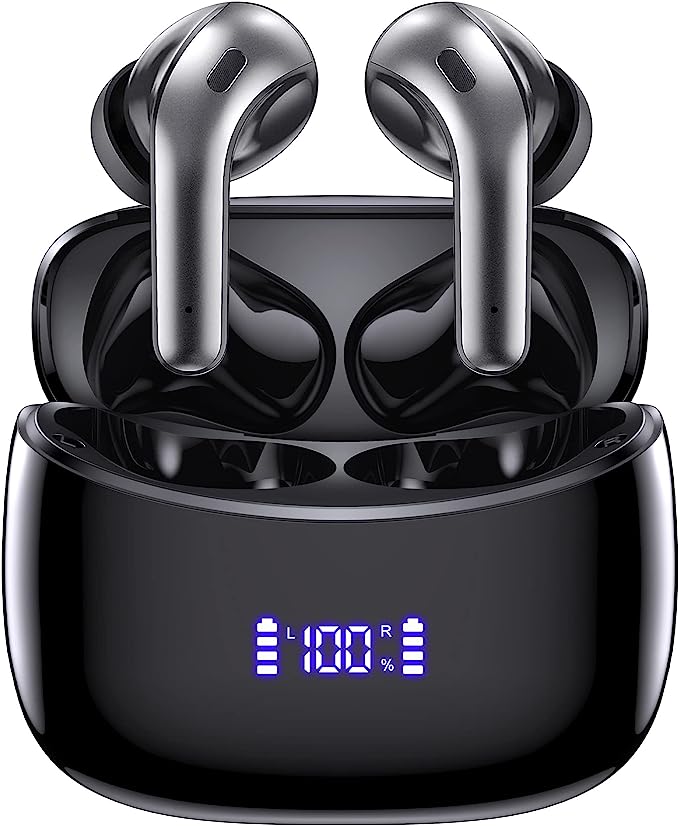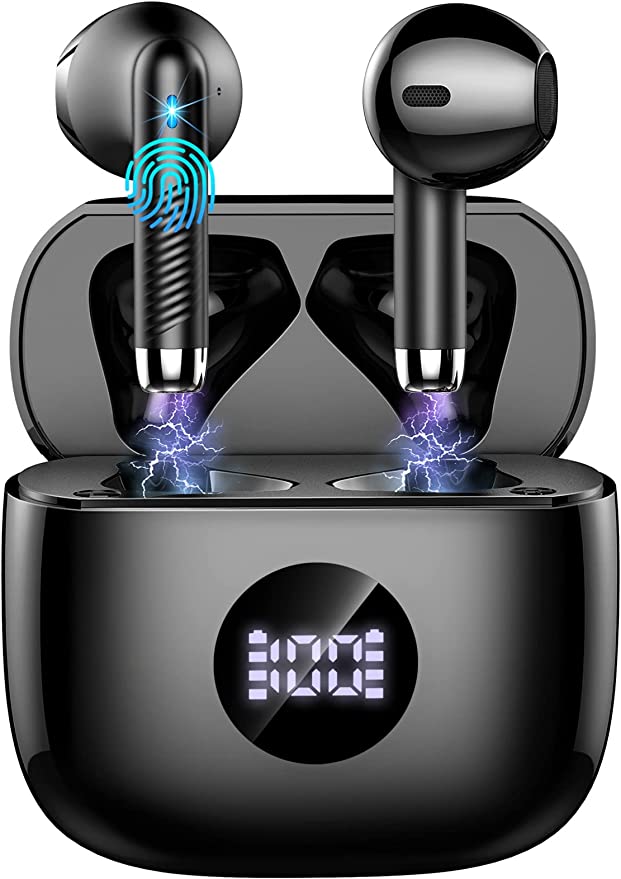GenXenon X7 Bone Conduction Headphones: Underwater Music & Open-Ear Safety
Update on July 24, 2025, 5:34 p.m.
There’s a persistent, almost mythic story about Ludwig van Beethoven. As deafness descended upon him, isolating him from the world of sound he so brilliantly commanded, the composer allegedly found a lifeline. By clenching a metal rod between his teeth and pressing the other end to his piano, he could feel the vibrations of his compositions resonating through his skull. He could, in essence, hear through his bones.
Whether this tale is fact or romantic embellishment, it illuminates a profound scientific truth that has intrigued scientists for centuries and is now reshaping our relationship with personal audio: the sound we perceive doesn’t always need our eardrums. This principle, bone conduction, is the invisible engine behind a new wave of technology, exemplified by devices like the GenXenon X7 Bone Conduction Headphones, which are engineered to solve problems that traditional headphones can’t even begin to address.

Sound’s Secret Pathway
To understand bone conduction, you first have to appreciate how you normally hear. Sound is simply vibration. When a guitar string is plucked, it creates pressure waves in the air. These waves travel into your ear canal, vibrate your eardrum, and are then passed through a chain of tiny bones in the middle ear to a snail-shaped organ called the cochlea. This is air conduction. It’s the primary, well-trodden highway for sound.
Bone conduction is the scenic route. Instead of sending vibrations through the air, devices using this technology employ transducers that rest gently on your cheekbones. These transducers convert electrical signals into micro-vibrations that travel directly through your cranial bones to the very same destination: the cochlea. The inner ear, remarkably, doesn’t care how the vibrations arrive. It dutifully translates them into neural signals for the brain to interpret as sound.
The result is a listening experience where your ear canals remain completely open. You are not isolated from the world; you are layered within it. You can hear the approaching car, the chirping bird, or a teammate’s call, all while your personal soundtrack plays on, seemingly from inside your own head.

The Engineer’s War Against Water
The true ingenuity of modern bone conduction technology lies not just in applying this principle, but in adapting it to environments actively hostile to electronics. The swimming pool is a perfect battlefield, presenting two formidable physical challenges that engineers must overcome.
The Drowning of a Signal
Anyone who has tried to use standard wireless earbuds for a swim has experienced the immediate, frustrating silence. This failure isn’t a defect; it’s a law of physics. Bluetooth, the wireless standard that powers most of our devices, operates on radio waves in the 2.4 GHz frequency band. While these waves travel effortlessly through the air, water is their nemesis. Water molecules are highly effective at absorbing the energy of these radio waves, causing the signal to decay exponentially. A robust Bluetooth 5.3 connection with a 33-foot range on land can barely penetrate a few inches of water. It’s the physical equivalent of trying to shout through a thick wall.
This is where the design of the GenXenon X7 reveals its cleverness. Acknowledging the insurmountable physics, its engineers didn’t try to fight a losing battle. Instead, they built a bypass. Integrated within the headset is a built-in 32GB MP3 player. This dual-mode functionality creates a brilliant solution: on the deck, you stream from your phone via Bluetooth; the moment you enter the water, a quick double-click switches the device to its internal storage, a self-contained music library immune to water’s signal-killing properties. It’s an elegant workaround to a fundamental physical limitation.

The Pressure of the Deep
Surviving underwater is about more than just maintaining a signal; it’s about structural integrity. The X7 is rated IPX8, a formal designation from the International Electrotechnical Commission (IEC). The “8” signifies the highest level of liquid ingress protection, indicating the device is suitable for continuous immersion in water deeper than one meter. GenXenon specifies this capability up to a depth of 12 feet (3.6 meters).
This is not a simple claim. To achieve it, engineers must treat the headset like a miniature submarine. Every potential point of failure—every seam, every button, every port—must be perfectly sealed against hydrostatic pressure. The use of a magnetic charging port is a key part of this strategy, as it eliminates the open cavity of a traditional USB port, one of the most common failure points for waterproof electronics. The entire chassis must be constructed and sealed to ensure its internal components remain pristine and dry, lap after grueling lap.

The Alchemy of a Modern Sport Headphone
Beyond conquering water, a headphone designed for athletes must excel in motion, heat, and sweat. This requires a masterful blend of material science and ergonomics.
The frame of the X7 is crafted from a titanium alloy, the same class of material found in aerospace components and medical implants. Its selection is deliberate. Titanium possesses an extraordinary strength-to-weight ratio, providing a robust yet flexible structure that can withstand being twisted and bent without breaking. Critically, the entire headset weighs only 32 grams. This incredible lightness, combined with the security of the wraparound design, means it stays in place during the most vigorous activities without creating uncomfortable pressure points.
Furthermore, titanium is highly resistant to corrosion from salt and sweat and is biocompatible, minimizing the risk of skin irritation during long workouts. It’s these thoughtful material choices that elevate a device from a simple gadget to a reliable piece of sports equipment. The open-ear design itself is a paradigm shift for safety, providing runners and cyclists with the crucial situational awareness needed to navigate their environments safely.

Redefining Your Soundscape
From Beethoven’s phantom vibrations to the sophisticated engineering of today, bone conduction has completed a remarkable journey. It has evolved from a medical curiosity into a powerful tool that solves real-world problems for active individuals. Devices like the GenXenon X7 are not merely about listening to music; they represent a different philosophy of sound. They propose that your personal audio shouldn’t be a wall that separates you from your surroundings, but rather a layer that enriches your experience within them. It’s a symphony of science, design, and a deep understanding of the physical world, inviting you to hear everything at once.
